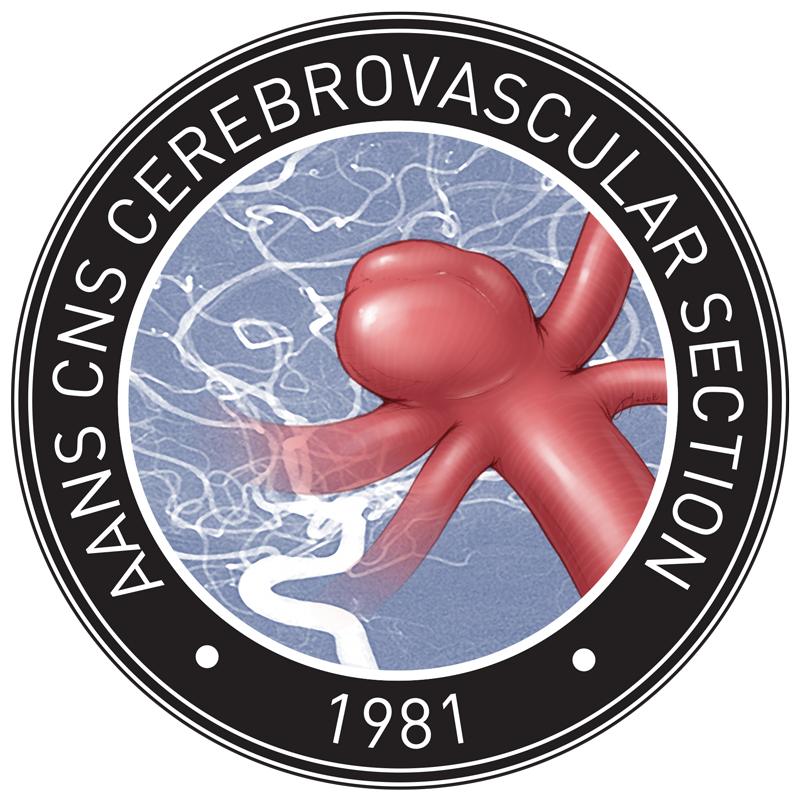Distance from lesion-to-eloquence in brain arteriovenous malformation resection

Eloquence is one of the most critical features surrounding the natural history and management of brain arteriovenous malformations (AVMs). In a study published ahead-of-print this week in the Journal of Neurosurgery, 201 consecutive patients with brain AVMs that underwent preoperative functional MRI and diffusion-tensor imaging followed by microsurgical resection were assessed. The distance from the nidus to eloquence (eloquent cortex and fiber tracts) was measured.
Two raters, blinded to the patient’s functional outcome as assessed by mRS, measured the lesion-to-eloquence distance from the nidus to the nearest functional eloquent cortex or eloquent fiber tract with consensus. In 6% of patients, preoperative embolization or radiosurgery was performed.
Mean duration of follow-up was 14.2 months. Good outcome was considered a mRS of 0-2 at last follow-up. Good outcome was achieved in 94.5% of patients. Shorter lesion-to-eloquence distance was associated with worse mRS. The lesion-to-eloquence distance was graded as 3, 2 and 1 for distances < 5 mm, 5-10 mm, and > 10 mm. Several grading systems including the classic Spetzler-Martin scale were compared for accuracy in predicting mRS change. Most accurate was a scale comprised of hemorrhage presentation, diffuseness, deep venous drainage, and the distance of lesion-to-eloquence with an area under the curve of 0.82. This is an interesting study that warrants validation in an unrelated cohort.
